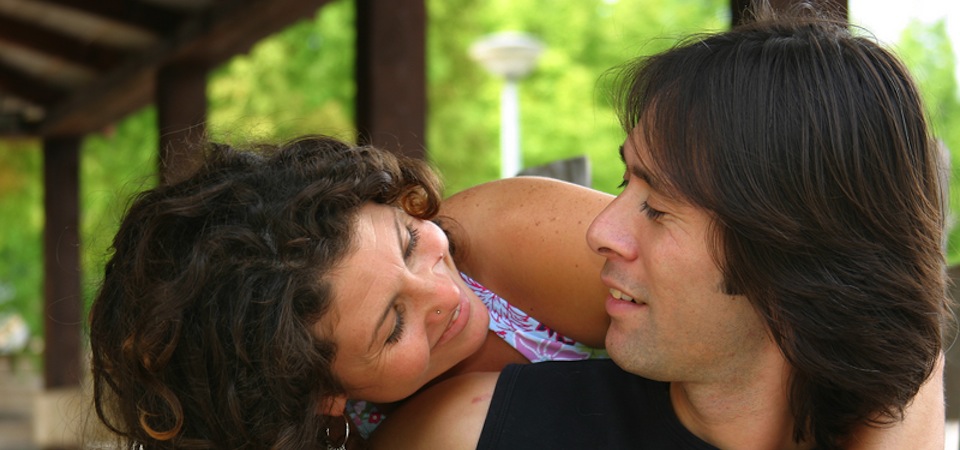
Anxiety disorders are the most common type of mental health disorder in America, affecting nearly 1 in 5 adults.
There are many types of anxiety disorders, including:
Generalized anxiety disorder (GAD)
characterized by chronic and excessive worry and tension. A person affected by GAD may always be anticipating disaster, and finds it very difficult to relax or quiet their mind. The anxiety may manifest itself through physical ailments, such as muscle tension, palpitations, stomach aches, and shortness of breath.
Obsessive-compulsive disorder (OCD)
is typified by obsessive thinking and compulsive behaviors that tend to be ritualistic and rigid in nature. A person affected by OCD often believes that if the thought and/or behavior are not performed, then something bad may happen. OCD is largely biological, such that a person’s genetic history and brain chemistry greatly influence the development and maintenance of this disorder.
Social anxiety
is defined as an intense fear of being humiliated or embarrassed in social situations, especially when there are other people around. This disorder often manifests as worrying about what others think, saying something stupid, or somehow not measuring up in the presence of others. People with this type of anxiety tend to avoid social situations in which these perceived evaluations are thought to occur.
Phobias
are intense, irrational fears of certain things or situations, and the thought of facing the feared object or situation is likely to elicit severe anxiety or bring on a panic attack. Common phobias include heights, animals and insects, water, body fluids, and enclosed spaces.
Post-traumatic stress disorder (PTSD)
is a serious mental illness that develops after experiencing a traumatic event that involved the threat of injury or death. Common traumatic events include natural disasters, assault or abuse, terrorism, and war. PTSD is characterized by repeated and upsetting flashbacks of the event, avoidance of feelings and memories related to the event, and feeling more physically hypervigilant and aware.
Panic disorder
is marked by the sudden onset of panic attacks that involve intense fear or discomfort and last about 15-20 minutes. Panic attacks are often characterized by a pounding heart, sweating, dizziness, numbness or tingling, feeling detached from self, and a fear of losing control. Once an attack occurs, the panic may be further exacerbated by the fear of having another unexpected attack. People with panic disorder tend to question if they are “going crazy” because there is no plausible reason for the attacks to occur.
The following Resources are helpful tools in learning more about anxiety:
Please note, they are not intended to serve as substitutes for professional help. If you or someone you know is affected by anxiety and would like support, please seek assistance from a licensed mental health professional.
Generalized Anxiety Reading List
- Don’t Panic Revised Edition: Taking Control of Anxiety Attacks, by Reid Wilson
- The Anxiety & Phobia Workbook, by Edmund J. Bourne
- The Cognitive Behavioral Workbook for Anxiety: A Step-by-Step Program, by Bill Knaus EdD and Jon Carlson PsyD EdD
OCD Reading List
- Brain Lock: Free Yourself from Obsessive-Compulsive Behavior, by Jeffrey M. Schwartz and Beverly Beyette
- The OCD Workbook: Your Guide to Breaking Free from Obsessive-Compulsive Disorder, by Bruce Hyman, Cherry Pedrick R.N. and Bruce M. Hyman Ph.D.
Relaxation Resources
Web Sites About Anxiety
- Anxiety Disorders Association of America
ADAA is a non-profit dedicated to the prevention, treatment, and cure of anxiety disorders. On this website you can access information about various anxiety disorders and resources for living with anxiety. - International OCD Foundation
IOCDF is an international non-profit organization created by and for people with OCD. On this website you can find resources about OCD for people affected by the disorder (including kids), as well as their friends and family. You can also learn about various community events related to OCD. - Anxieties.com
This website is the largest free anxiety self-help website. It offers many free online programs for various anxiety disorders, self-assessments, and resources for professionals.


